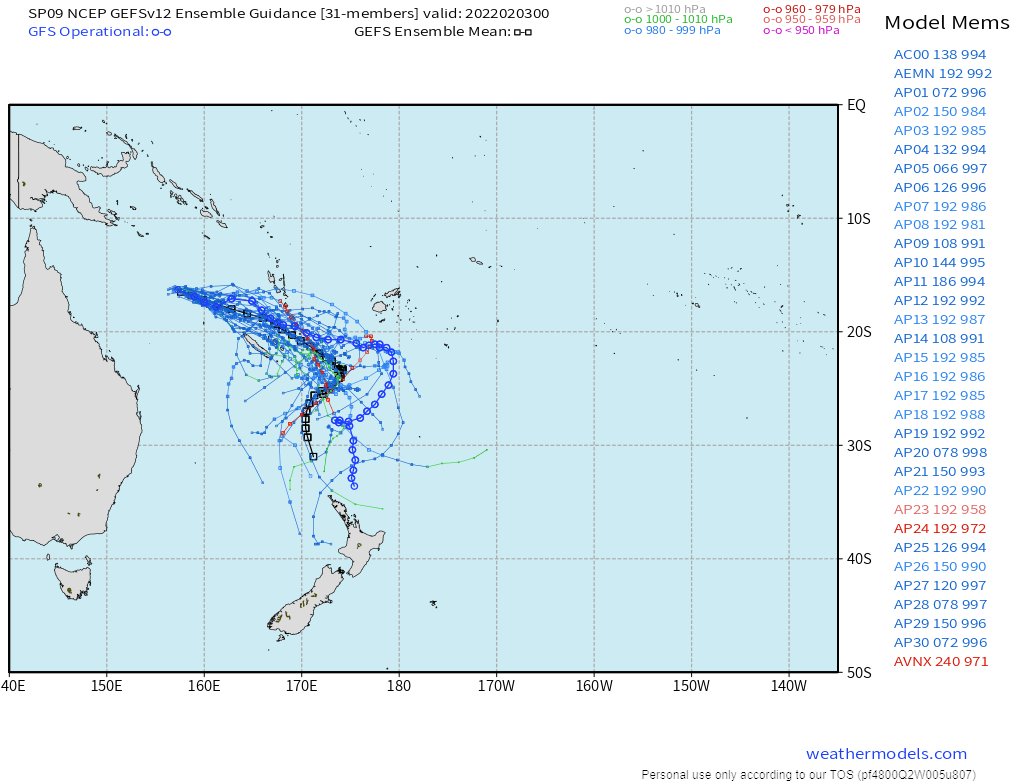
Stormy Weather.
A thread looking at the first month of 2022 from a very zoomed out perspective. A series of 30 day animations of satellite imagery from @NASA Worldview.
We begin in the South West Indian Ocean which is currently being monstered by a new Cyclone Alley.
A thread looking at the first month of 2022 from a very zoomed out perspective. A series of 30 day animations of satellite imagery from @NASA Worldview.
We begin in the South West Indian Ocean which is currently being monstered by a new Cyclone Alley.
@NASA Next stop the South West Pacific which has had several Cyclones, but thankfully none making landfall in NZ. << touch wood >>.
@NASA Staying mostly in the Southern Hemisphere we now look at South America and the extraordinary Amazon Basin which has experienced record flooding and had a remarkable impact this winter on both North and South Africa producing massive atmospheric rivers to the NE and SE.
@NASA In the Northern Hemisphere we begin in the North Western Indian Ocean and travel East. Here we see the Indian Subcontinent, Central Asia, the Himalayas and Western Pacific.
In both the Northern and Southern Hemisphere (except in the tropics) the flow of water is West-East.
In both the Northern and Southern Hemisphere (except in the tropics) the flow of water is West-East.
The Tropical and North Pacific.... the largest expanse of Ocean on the Planet & source of a very large portion of the world's atmospheric moisture.
Nth. America's weather patterns this January were driven in large part by flows of Pacific and water south eastwards from the Pacific and north eastwards over Mexico, where they joined tropical water flows from the Tropical Atlantic and Amazon producing a series of bomb cyclones.
Europe has also had a stormy winter as these two sources of water joined over the North Atlantic and then proceeded Eastwards and South Eastwards where they had a significant impact on weather in the Middle East.
In the above animation you can see there was a brief period of fairly clear air over Europe in Mid January when the North Atlantic was less effected by tropical water flows, but that period of relative calm is now over.
North Africa and the ME was where this effort of climate observation began last year and in January focussed on Sahara water transport which produced a series of spectacular rain events over the Middle East.
The data set overlays used for this thread are provided by a new service provided by @NASA's enhanced geostationary satellite service which has an open data set of satellite images of the planet dating back to 2000. worldview.earthdata.nasa.gov
This can be accessed by clicking on the highlighted square (highlighted in yellow) top left when you open the home page. 

/ENDS
@Threadreaderapp unroll.
@Threadreaderapp unroll.
• • •
Missing some Tweet in this thread? You can try to
force a refresh




















